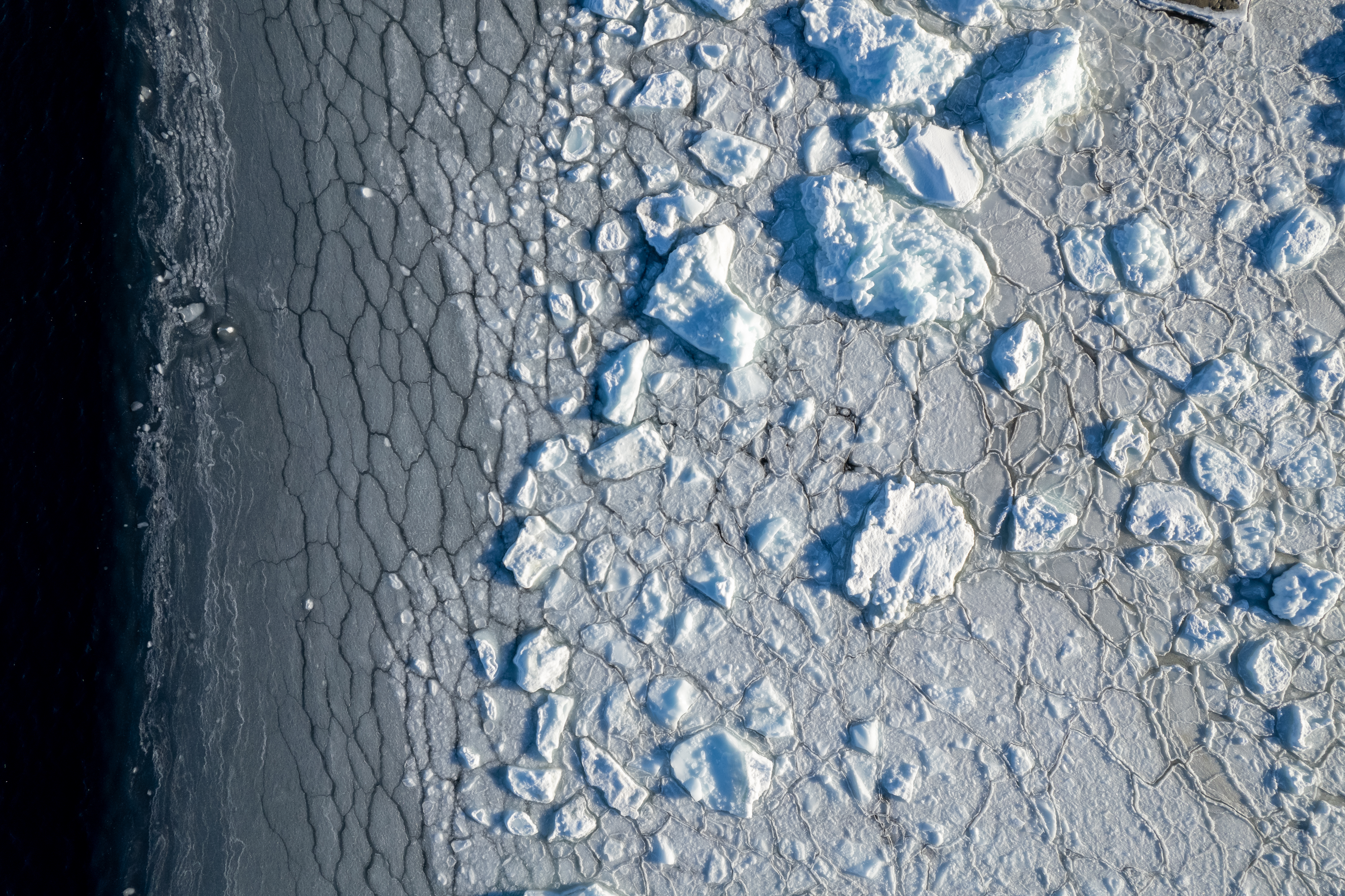Media release
From:
In the last few years Antarctic sea ice has been behaving erratically. Sea ice cover has been much more variable than it used to be, with anomalies lasting much longer than previously. Most concerning for scientists is that sea ice cover has been remarkably low in recent years. Moreover, a new study shows that the extreme lows are highly unlikely to have happened in the last century.
A big problem for scientists trying to understand these events is the relatively short satellite record, which spans just the last 45 years – not long enough to capture longer term climate variations. Now a team of US and Australian scientists has used a novel statistical model to reconstruct the record of Antarctic sea-ice extent back to 1899.
Their paper “A twenty-first century structural change in Antarctica’s sea ice system” is published in the Nature journal Communications Earth & Environment.
Lead author Professor Marilyn Raphael, of the University of California in Los Angeles, said the publication of their study coincides with the latest satellite data showing there is currently less total sea ice on the planet than ever previously recorded.
“An important question for us is how recent extreme lows in Antarctic sea ice compare to sea-ice extent from before satellite records in the earlier part of the 20th century.”
“We present the first monthly reconstruction for Antarctic sea-ice extent by sector and in total for the entire 20th century, to put the observed changes into historical context,” she said.
Taking a Bayesian approach, the team applied advanced statistical techniques to reconstruct monthly sea-ice extents, based on monthly mean temperature and pressure records from a network of 30 weather stations across the Southern Hemisphere from 1905 to 2020.
Historically, month-to-month Antarctic sea ice variations have been dominated by the atmospheric conditions, so these very reliable weather observations can give a real insight into what sea ice was like before regular satellite observations.
A Bayesian approach, which underpins artificial intelligence systems, expresses what is known about unknown properties through the probability distributions that these properties can take.
The big advantage of this approach is that it doesn’t just provide a ‘best guess’ of past sea-ice states, but also the probability of that best-guess estimate. This allows the researchers to calculate the probabilities of the present extremes of sea-ice extent occurring in the pre-satellite 20th century.
The reconstructions show an overall higher sea-ice extent earlier in the 20th century with a relatively sharp decline in the 1970s, consistent with previous reconstructions based on ice core data, whaling locations, and climatological data.
The probability of recent Antarctic sea-ice extremes—namely, three record lows within six years—occurring in the last century is less than 0.1%, a 1 in 1000 chance, or 999 times as likely not to happen as it is to happen.
“Our analysis suggests that the past long-term behaviour of Antarctic sea ice can no longer be relied upon to predict its future state,” said Prof Raphael.
“We show that there has been a structural change in the sea ice system, manifest by increased persistence in the sea-ice extent anomalies and a strongly reduced tendency to return to the mean state.”
Co-author Dr Will Hobbs, of the Australian Antarctic Program Partnership at the University of Tasmania, said the ‘structural change’ means that extreme variability in sea-ice conditions may characterise the future state of Antarctic sea ice.
“By extending this data back more than a century, we demonstrate that the recent strange behaviour of Antarctic sea ice—which includes much greater variability and year-to-year memory, as well as extreme low cover—is indeed highly unlikely over the whole 20th century and adds to growing evidence of a new physical regime,” he said.
Multimedia









 Australia; TAS
Australia; TAS



